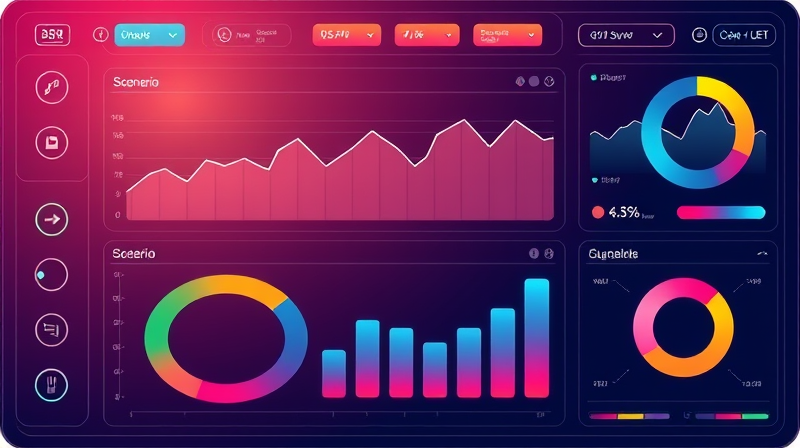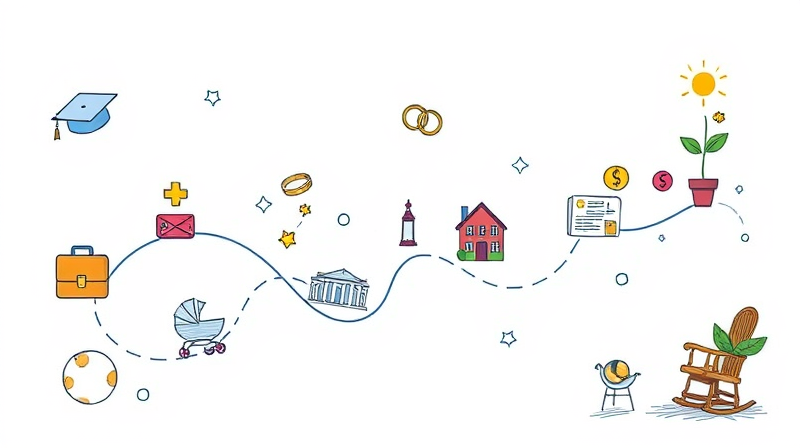
Nonprofit organizations face unique financial challenges that require specialized tools and frameworks. In this article, we explore how to leverage the most comprehensive toolkits to achieve fiscal resilience and operational excellence.
By adopting proven resources, nonprofits can streamline budgeting, bolster internal controls, and communicate financial health with clarity and transparency. This guide will walk you through core components, best practices, and actionable steps to integrate these toolkits into your daily operations.
Financial toolkits tailored for nonprofits bundle policy templates, resource libraries, and step-by-step frameworks designed to build capacity and ensure compliance. The StrongNonprofits Toolkit by the Wallace Foundation sets a high standard, offering modules on governance, financial management, and sustainability. Similarly, the 2025 Nonprofit Financial Management & Fundraising Toolkit includes updated guides for 2025, featuring case studies and best-practice benchmarks.
Organizations such as BDO, CRE, and Mission Spark have contributed expertise to these toolkits, ensuring they address real-world challenges. Whether you are a small grassroots group or a large established nonprofit, these resources adapt to your scale and complexity.
Most comprehensive toolkits are organized into four main areas:
Each section contains sample policies on gift acceptance, and documentation requirements, as well as guidance for transparency with donors and stakeholders.
High-quality toolkits provide more than just templates; they offer a roadmap to implement robust financial practices. Key inclusions often are:
By following these proven tools, nonprofits can reduce errors and build confidence among board members, staff, and funders.
To assess financial health, toolkits include benchmark ratios and metrics that guide decision-making. For example:
Other best practices emphasize maintaining a cash reserve equal to at least three months of operating expenses and conducting monthly or quarterly reviews of actuals versus budget.
Accurate record-keeping is critical. A robust toolkit will recommend storing detailed donation records, including amounts, donor information, and gift stipulations for compliance and transparency.
Embedding dual-signature requirements and segregation of duties reduces risk of fraud. Electronic approval systems for expenses streamline workflows and create audit trails. Nonprofit-specific financial software ranges from simple spreadsheet templates to comprehensive accounting suites, ensuring the right fit for every organization.
Regular internal audits, whether quarterly or annually, help spot discrepancies early. Toolkits provide audit checklists and self-assessment surveys to identify gaps in existing practices.
Toolkit libraries often include editable templates for three core financial statements:
Accompanying these templates are guidance notes on interpreting each statement. For instance, understanding the liquidity implications from the cash flow statement or spotting expense overruns via variance analysis on the income statement.
Board members benefit from summary dashboards that highlight key ratios and trends, making financial data accessible to non-financial audiences.
Top toolkits include sections that answer common questions such as how to communicate an organizational financial story that resonates with staff, board, and funders. They guide users through planning for long-term needs, including building reserves for capital projects and endowment management.
Many resources offer step-by-step video or written guides for initiating budgets and developing cash flow projections. Checklists and self-assessment surveys help nonprofit leaders gauge their current practices and prioritize improvements.
Nonprofits often operate with limited staff capacity. Toolkits address this by offering streamlined processes and practical policy templates that reduce time spent on administrative tasks. Technology adoption is another focus: selecting the right tools for automation can significantly enhance efficiency.
Compliance requirements can be daunting. By providing ready-to-use templates for grant reporting and donor documentation, toolkits help nonprofits meet deadlines and avoid penalties without reinventing the wheel.
Smaller organizations might begin with basic spreadsheets and simple internal protocols. As they grow, they can scale up to full-featured accounting software and deeper policy frameworks. Larger nonprofits can leverage advanced features such as integrated donor management systems and detailed cost-allocation guides.
Customization is a hallmark of effective toolkits. Users can adapt scenario planning charts, sample board reports, and compliance checklists to align with their mission and operational realities.
Effective financial management is a cornerstone of nonprofit success. By adopting a comprehensive toolkit, organizations gain access to policy templates, benchmark ratios, and expert guidance that accelerates implementation and promotes transparency.
Start by assessing your current practices with a self-assessment survey, then select the toolkit modules most relevant to your immediate needs. Over time, integrate advanced features such as scenario planning and endowment management to build long-term resilience.
With the right toolkit in hand, nonprofits can navigate financial complexities with confidence, ensuring resources are directed toward mission-driven impact rather than administrative overhead.
References













